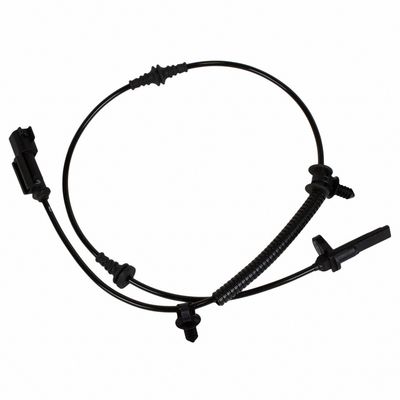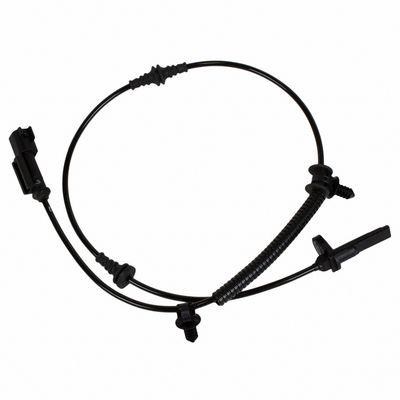Answer
Aug 15, 2024 - 07:46 AM
The ABS Wheel Speed Sensor (also known as a Wheel Speed Sensor or WSS) is the component that provides wheel speed data to the Anti-lock Braking System (ABS). Each wheel typically has its own sensor, mounted near the wheel hub, brake rotor, or axle, depending on the vehicle's design.
How the ABS Wheel Speed Sensor Works:-
Detection Mechanism: The ABS wheel speed sensor detects the rotational speed of each wheel. It usually works in conjunction with a tone ring (a toothed wheel or magnetized ring) attached to the wheel or axle. As the wheel rotates, the sensor detects the passing of the teeth or magnetic fields and generates a corresponding signal.
-
Signal Output: The sensor generates either an analog AC voltage signal (in older systems) or a digital pulse signal (in most modern systems). The frequency and amplitude (in analog sensors) or the pulse rate (in digital sensors) of this signal directly correspond to the speed at which the wheel is rotating.
-
Data Transmission: This signal is transmitted to the ABS control module (or Electronic Control Unit, ECU), where the wheel speed data is processed.
-
Preventing Wheel Lock-up: The ABS control module constantly monitors the wheel speed data from each sensor. If it detects that a wheel is decelerating too quickly (indicating that the wheel is about to lock up), the ABS modulates brake pressure to that wheel, preventing a skid and maintaining control.
-
Traction Control and Stability Control: The wheel speed data is also used by traction control and stability control systems to manage wheel slip and help maintain vehicle stability under various driving conditions.
In summary, the ABS Wheel Speed Sensor is the critical component that provides the real-time wheel speed data necessary for the ABS system to function effectively.





Add New Comment